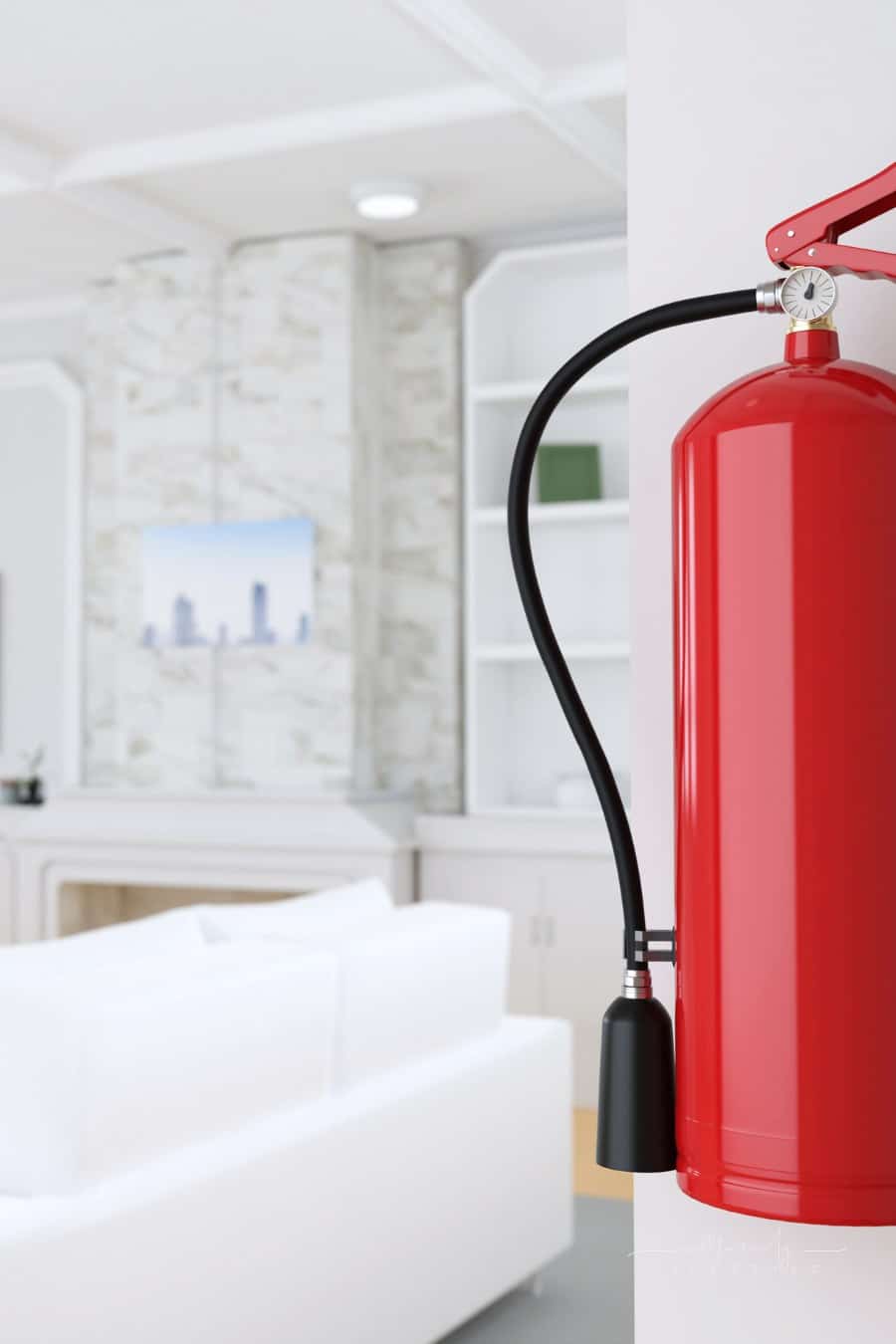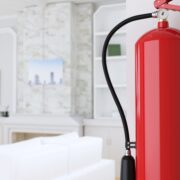The Ultimate Guide to Ensuring Safety in Your Family Home
In this comprehensive guide, we will delve into the essential steps and strategies you can take to create a secure and protected environment for your loved ones.
From home security systems to childproofing measures, we will cover a wide range of topics aimed at minimizing risks and hazards within your family home.
With practical tips and expert advice, you will gain the knowledge and confidence needed to prioritize safety and provide peace of mind for your entire family.
Whether you’re a new homeowner or looking to enhance your current safety measures, this guide will serve as your go-to resource for creating a safe haven for your loved ones.

Ensuring Safety in Your Home
Let’s embark on this journey together and ensure the well-being of your family in the place they call home.
Electrical Safety:
Electrical hazards can pose a significant threat to your family’s safety. Start by inspecting your home for frayed or damaged wires, loose outlets, or faulty switches.
Replace any damaged electrical cords and secure them away from high-traffic areas to prevent tripping accidents.
Consider installing ground fault circuit interrupters (GFCIs) in areas exposed to moisture, such as bathrooms and kitchens, to protect against electrical shocks.
Fire Prevention:
Protecting your family from the devastating consequences of a house fire is crucial. Install smoke detectors on every level of your home, especially near bedrooms.
Regularly test the alarms and replace the batteries twice a year.
Create an emergency escape plan and conduct fire drills with your family, ensuring everyone knows the quickest and safest way to exit the house.
Keep fire extinguishers in easily accessible areas, such as the kitchen and garage, and educate your family members on how to use them.
Roof Safety:
While many homeowners often overlook roof safety, it is an important aspect of ensuring the overall safety of your family home.
According to the information from Roof Repair Specialist, you should regularly inspect your roof for loose or damaged shingles, cracks, or signs of water leakage.
Schedule professional inspections and maintenance to address any potential issues promptly. Avoid walking on the roof unless necessary and take precautions such as wearing appropriate footwear with good traction.
If you need to clean gutters or perform any maintenance tasks on the roof, use proper safety equipment, such as a stable ladder and a safety harness.
It’s also advisable to have a professional roofing contractor handle any major repairs or replacements to minimize risks and ensure proper installation.
By prioritizing roof safety, you can protect your family from potential accidents and maintain the structural integrity of your home.
Childproofing:
If you have young children, it’s essential to thoroughly childproof your home. Install safety gates at the top and bottom of staircases to prevent falls.
Secure heavy furniture, such as bookshelves and dressers, to the wall to avoid tipping accidents.
Cover electrical outlets with safety caps or use outlet covers that automatically close when not in use.
Keep choking hazards out of reach, and store cleaning products and medications in locked cabinets.
Home Security:
Creating a safe environment also involves protecting your family from potential intruders. Install sturdy locks on all exterior doors and windows.
Consider investing in a home security system that includes burglar alarms, surveillance cameras, and motion sensor lights.
Teach your family members the importance of locking doors and windows when leaving the house or going to bed.
Additionally, establish a neighborhood watch program or join local community initiatives to enhance security in your area.
Emergency Preparedness:
Preparing for emergencies can make a significant difference in ensuring your family’s safety.
Assemble an emergency kit with essential supplies like food, water, flashlights, batteries, a first aid kit, and a battery-powered radio.
Educate your family about emergency procedures, including how to respond to severe weather events, power outages, or natural disasters.
Designate a safe area within your home where you can take shelter during extreme weather conditions.
Pool and Water Safety:
If you have a swimming pool or any other water feature in your backyard, it’s crucial to prioritize water safety. Install a fence around the pool area with a self-closing gate to prevent accidental drownings.
Keep pool chemicals securely stored and out of reach of children. Ensure that all family members know how to swim or enroll them in swimming lessons.
Additionally, never leave young children unattended near any body of water, including bathtubs or buckets filled with water.
Creating a safe family home requires a proactive approach and careful attention to various aspects of safety.
By implementing the guidelines outlined in this ultimate guide, you can significantly reduce the risks and potential hazards within your home.
From electrical safety to fire prevention, childproofing, home security, emergency preparedness, pool and water safety, and roof safety, each aspect plays a crucial role in ensuring the well-being of your loved ones.
Remember, safety should always be a top priority, and by taking the necessary precautions and staying vigilant, you can create a secure and nurturing environment for your family to thrive.


